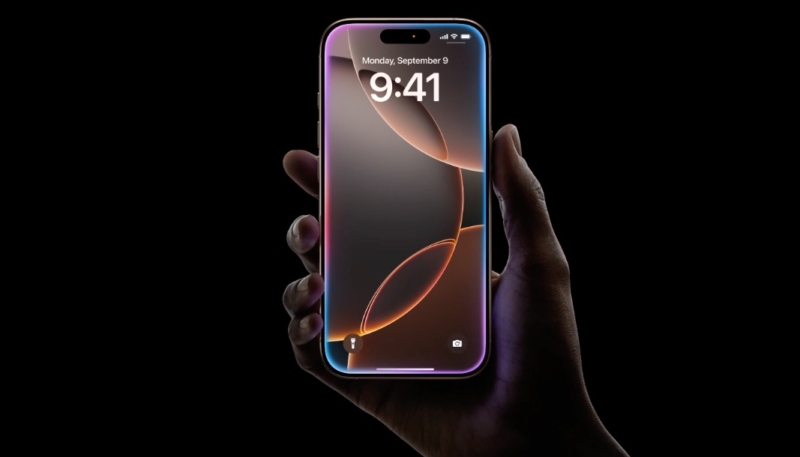A new exposé from The Information gives all of the details behind Apple’s AI-powered Siri failures.
In the report, the author shares the multiple approaches taken to develop the backend of Apple Intelligence. At first Apple mulled over building both small and large language models (“Mini Mouse” and “Mighty Mouse”). The models would run solely on-device and on cloud servers, respectively. Eventually, it was decided to go with a single large language model that would handle all requests in the cloud. However, changes were made further down the line, frustrating Apple engineers, with some of them going so far as to leave the company.
Apple’s firm stance on protecting users’ privacy, along with personal clashes inside of the Cupertino company, caused many issues. Multiple members of the Apple Artificial Intelligence and machine-learning groups told The Information that several factors doomed the AI project, including an overly relaxed company culture, poor leadership and a reluctance to take risks.
Apple’s AI/ML group was nicknamed “AIMLess,” and the “hot potato” was passed around among various teams, all of whom made no significant advances. Favoritism was rampant, with conflicts about higher salaries, shorter hours, more vacation time, and faster promotions AI group members.
The report says Apple AI chief John Giannandrea was firm in his mistaken belief that the company could fix Siri’s AI issues with the use of proper training data, and improving web scraping to provide replies to general knowledge questions. When ChatGPT debuted in 2022, it didn’t spur any sense of urgency to leaders of the project. Giannandrea told the group that chatbots like ChatGPT didn’t add much value for users.
Engineers were required to only use in-house models, being told to stay away from using models from other companies, unless it was to benchmark their own models. Sadly for Apple, its in-house models did not perform as well as OpenAI’s models.
Siri chief Robby Walker reportedly focused on small victories, like reducing user waits for Siri responses. Engineers were told to concentrate on updating Siri to respond to the phrase “Siri,” instead of needing to say “Hey Siri” to activate the virtual assistant. That change took two years to put in place. When Apple engineers asked for permission to use LLMs to provide more emotional sensitivity for Siri, allowing the assistant to detect when a user was in distress. However, that idea was shot down quickly by Walker.
The Siri team was unable to develop several desired features, including a project known internally as “Link,” to develop voice commands for tasks on the Apple Vision Pro. Multiple users would be able to make commands when collaborating in a shared space.
Insiders tell The Information that much of Apple’s impressive Apple Intelligence demo at WWDC 2024 was simulated (or more to the point, fake). Impressive features like Siri scanning a user’s emails for real-time flight data, plot routes in maps, and more were all mockups. Members of the Siri team were surprised when they saw the demo, as working versions of several of the demonstrated capabilities in the demo had never been seen by team members. Apple’s test devices shown off after the demonstration had a single feature that actually worked, and it was the cool, colorful and pulsating border that appeared around the edges of the iPhone’s display in place of the traditional Siri glowing ball.
Apple traditionally never showed off features and products at events unless the features were actually in place and working on Apple test devices.
Many Apple employees believe there is a change to turn the project around, due to Craig Federighi and Mike Rockwell now leading the project. Employees said Federighi has freed Siri engineers from the previously restrictive chains they were bound in, telling them to “do whatever it takes to build the best AI features,” even going so far as to allow using open-source models from outside sources.


